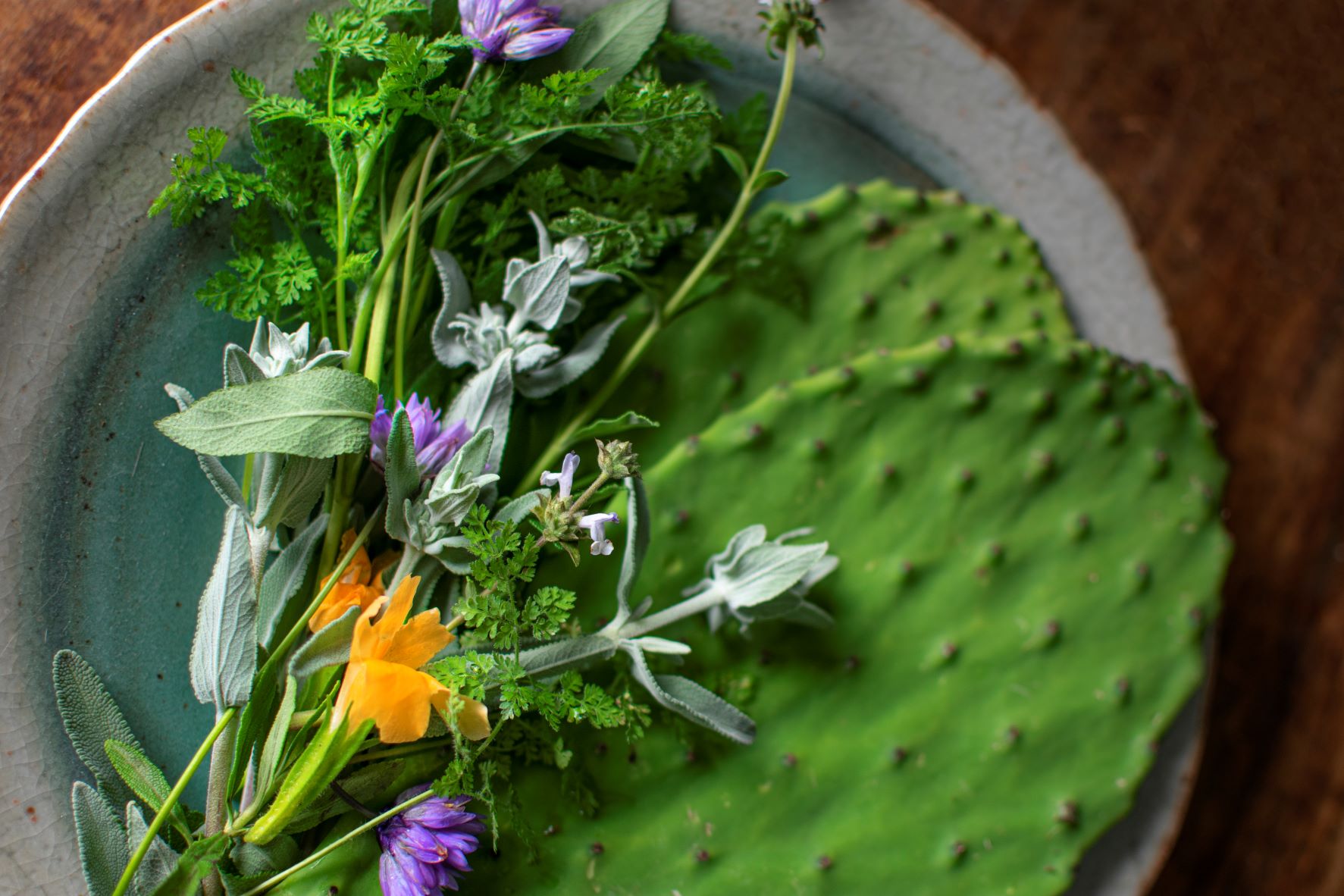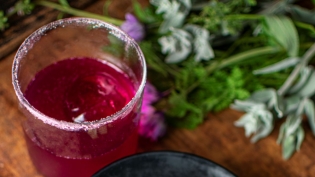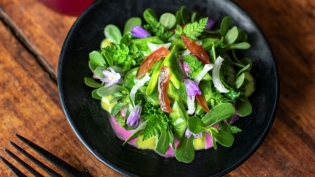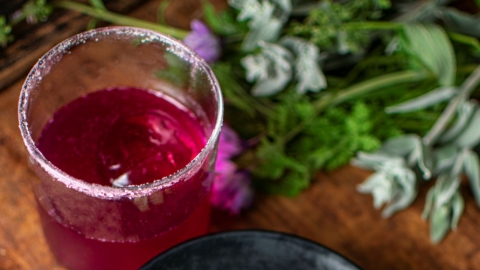Wildly Sweet and Savory
The most commonly eaten cactus worldwide is the prickly pear (all Opuntia species are edible, though some are tastier than others). It is both a fruit and a vegetable. This cactus is widely abundant in many geographic areas, though they prefer arid regions like Southern California.
This popular plant is enjoyed and cultivated worldwide but can still be found growing abundantly in the wild. You may even have some already growing in your own backyard or in your neighborhood (be sure to ask permission to harvest if they are growing on property you don’t own).
Some folks are turned off by the cactus’s characteristic “slime.” While there are ways to combat this to make it a more texturally appealing meal, it is good to keep in mind that this is where all of the beneficial components are found and cooking heat will degrade those nutrients.
Health Benefits
There are plenty of reasons to go to all the trouble to harvest such a hostile plant. This cactus is hailed for its excellent and well-documented health-improving qualities such as high vitamin, antioxidant and mineral content including calcium, magnesium and potassium. The green pads (nopales) contain compounds that fight inflammation, high cholesterol, obesity and even combat hangovers—so don’t feel too guilty making the Prickly Pear Margarita recipe below. They also contain about 90% water.
How to Harvest
Using leather gloves, a bucket and metal tongs, collect new-growth pads that are about the size of your palm. Beware that even though the young pads will lack the larger and more obvious thorns, they still have tiny hair-like spines called glochids that are difficult to see and are very irritating once they’re in your skin. Use the tongs to grab and twist the pad off of the supporting segment. If they do not separate easily, the pads are likely too mature to eat. Once in the kitchen, carefully scrape the spines off each side and trim along the outer edge. Once you carefully rinse the pad, it is ready to use in any recipe.
Prickly pear fruits are similar in their harvest. Collect them with tongs and, using gloves, slice off each end and peel the fruit. The leftover skins can be dehydrated and powdered. To make juice, place the fruits into a fruit press and strain the resulting juice with a very fine mesh sieve or coffee filter.









